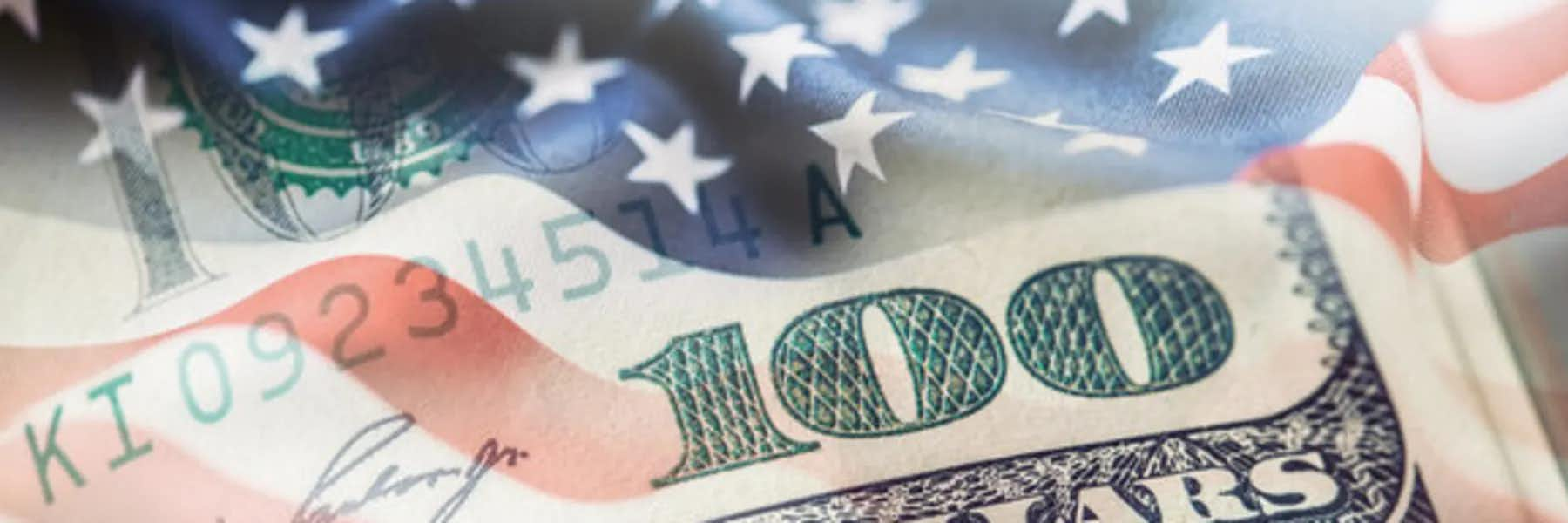Last week’s collapse of the Silicon Valley Bank (SVB) is a reminder that the U.S. financial sector is one of the most problematic in the Western world.
Repeatedly, U.S. financial institutions take excessive risks and get into trouble. Every time, the Federal Reserve organizes a bailout—so much so that it's now assumed that the entire U.S. financial system is backstopped by the Fed.
The problem is that a universal backstop makes the whole system prone to precisely the convulsions it’s designed to prevent. That's why U.S. banks rate so poorly on global indexes of safety.
Every year, the website Global Finance names the 50 safest banks in the world. In 2022, the highest-ranking U.S. bank came in at 34—AgriBank, which provides wholesale services to farmer co-ops. The other three U.S. banks in the top 50—ranked 45th through 48th—are also agricultural.
By contrast, none of the “too big to fail” U.S. banks made it. Instead, the top banks come from places like Germany, Canada, the Netherlands, Norway, Singapore, Switzerland, and South Korea.
The big difference? In those countries, regulators are committed to preventing problems from happening in the first place, not bailing out the banking system once they do.
By contrast, since the 1990s, U.S. politicians have sought to reduce regulatory oversight of banks. The argument is always that regulation is “burdensome” and “stifles innovation.”
In 1999, we saw the repeal of the Glass-Steagall Act—which led to the subprime mortgage crisis of 2008. And in 2018, a bill passed with bipartisan majorities exempted banks like SVB from stricter oversight.
Ironically, SVB’s CEO, Greg Becker, told Congress at the time that his bank “did not pose a systemic risk” and so deserved reduced oversight. Last week’s events proved Becker dead wrong.
It’s true that SVB wasn’t dangerously interconnected with other institutions like, say, American Insurance Group during the 2008 financial crisis. But a banking crisis isn’t just about a single institution. It’s about public confidence in all banks.
In our fractional reserve system, banks never keep enough money on hand to pay back all depositors at once. The only thing that stops depositors from making a “run” on the bank is belief that their deposits are secure. When that confidence evaporates at one bank, it spreads quickly to others, as with SVB.
When it comes to public confidence, every bank poses a systemic risk.
So why are things different in other countries? It’s simple: they don’t have the luxury of controlling the world’s reserve currency, the U.S. dollar.
If a bank like SVB gets into trouble, the Fed can just bail it out by creating new dollars. It has unlimited capacity to create new money to plug holes in the financial system.
By contrast, the central bank of a country like, say, Brazil, can’t do that. If it simply assumed the debts of failed banks, it would have to issue new local currency. That plus foreign investor concerns would cause the Brazilian real to devalue against the dollar, causing destabilizing inflation—and thus more bank runs.
Countries in the eurozone have the additional problem that the European Central Bank represents all euro countries, making the politics of bailouts much more complicated.
So, instead of waiting for banks to fail and then intervening, most other countries regulate their banking sector tightly, constantly probing for systemic risk. Unlike the U.S., they focus on prevention rather than cure.
U.S. bankers know that lax oversight implies bailouts. So, they take far more risk than their counterparts in countries where bailouts aren’t an option.
SVB, for example, took in billions of deposits from Silicon Valley startup companies flush with cash from venture capital investors. Those companies didn't need to borrow, so it invested almost 60% of its clients’ funds in long-dated Treasury bonds. By contrast, most banks hold no more than 25% to 35% of their funds in such instruments.
This exposed SVB to “interest rate risk.” In 2020 and 2021, a $1,000 treasury bond traded at $995. But by late 2022, the same bond was trading at $960 since the Fed had raised interest rates to 4%. The “mark to market” value of SVB’s assets collapsed as interest rates rose.
That meant SVB’s assets no longer balanced its liabilities—insolvency—and when the news got out, a classic bank run began.
If SVB had stricter oversight, this would have been identified before it became a problem. But that 2018 bill I mentioned earlier exempted banks from just such oversight.
So no one noticed SVB’s interest rate exposure until too late.
The rest of the world treats banking as a form of public utility, like the electricity or water distribution systems. The health of the entire economy and society depends on them, so they are closely regulated to ensure their safety. In the U.S., banks are too often run like casinos, where all the profits go to the house and all the losses go to the tax payer.
The takeaway: If you're concerned about the safety of your cash, it's worthwhile establishing a connection to a foreign country via a residence permit or property ownership just so you can have access to their banking system.
Definitely safer than keeping it in the U.S.

Ted Baumann is International Living’s Chief Global Diversification Expert. He's traveled to nearly 90 countries and is a dual citizen of the United States and South Africa. Ted has been published in international research journals, as well as in media outlets such as Barrons, Forbes, and Cheddar. Learn more about Our New Chief Global Diversification Expert here.
